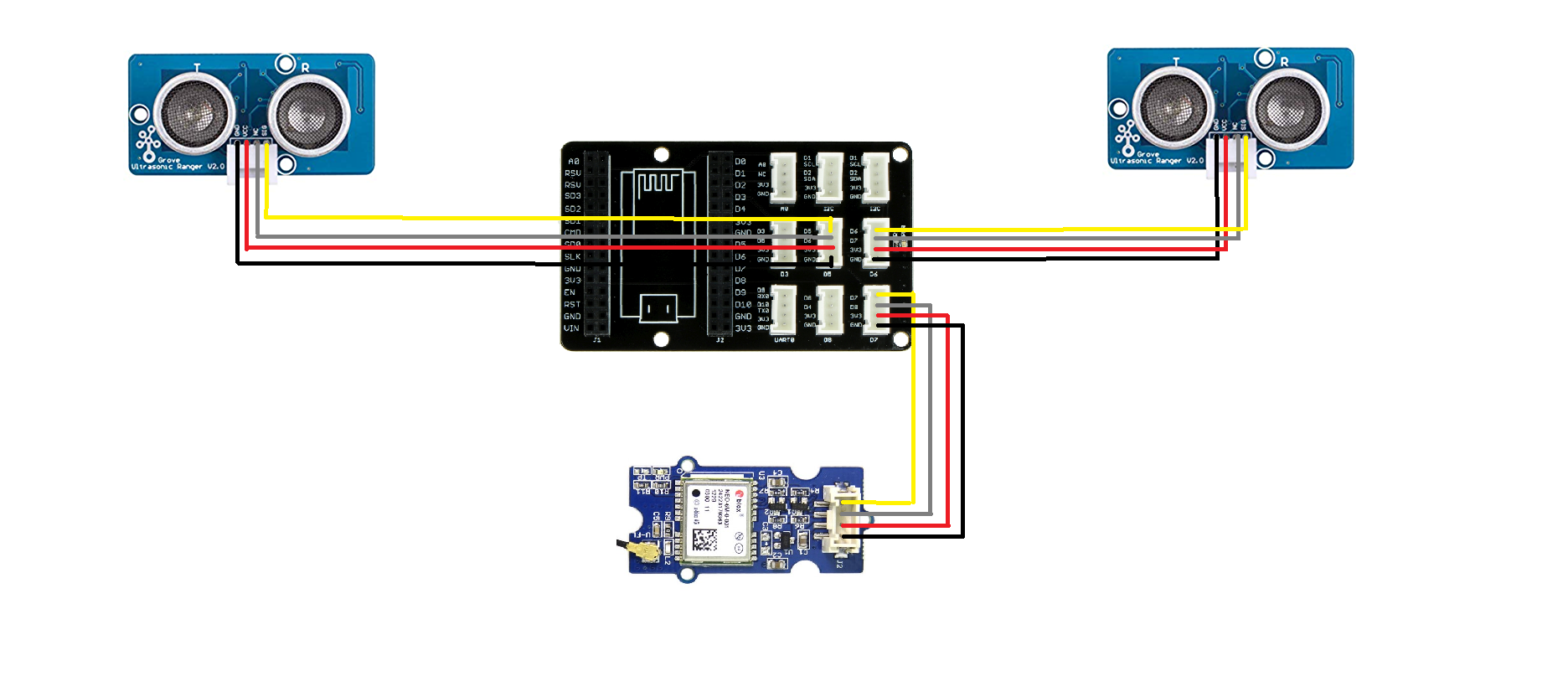Nowadays, there are 17 millions bikers in France. The number of accidents keeps increasing, indeed there are nearly 200 death each year which is unacceptable. Many cities are poorly furnished in terms of bicycle infrastructure and are not able to provide a safe environment for their cyclists. Very often, cyclists find themselves riding alongside cars which can be very dangerous knowing the technical limitations of most bicycles (no mirrors, no stop lights, etc.).
That is why cyclist is in need of a platform that would guide him through the city safely, either using cycle paths only or using car roads that would be considered the safest. Such platforms already exist but are not automated (such as the app Geovelo). Users need to stop to report the dangerous zones on their phone, which they can easily forget to do. The platform would also be a way for city executives to better understand where to implement their next cycle paths and how to maintain the existing ones.
This system is thus targeting cyclists and city executives in charge of urban planning.
Our SolutionThe project “Safe city for cyclists” aims to help people identify dangerous areas for cyclists in cities. Those areas will be publicly available, displayed on an interactive map on a website. The information will be gathered from each user’s bike, using distance detectors to detect passing cars' proximity and speed, and a GPS. This data will then be retrieved by a Raspberry and sent to a server using the oneM2M protocol. Users will be able to install our system on their bike.
Software SetupAll devices are in the same network (WiFi)
- On the Raspberry Pi 3 :
- Configure and run the local "Local Website" (see "Local Website" GitHub repository)
- Configure and run the OneM2M mn-cse. (see "OM2M configuration" GitHub repository)
- On the central server :
- Configure and run the "Central server Rest API" and the "OM2M Monitor" and the necessary database (see "Central server Rest API" and "OM2M Monitor" GitHub repository).
NB : The centralised OM2M Monitor processes the data (defines if the report is dangerous or not) and transfers the processed data to the infrastructure node and also the central database.
- Configure and run the OneM2M in-cse. (see "OM2M configuration" GitHub repository)
- On any device on the same network :
- Access http://raspberry_pi_ip_address:3000/ (replace raspberry_pi_ip_address with the real IP address) to see the AJATA website
Hardware Setup- On the ESP8266 :























Comments
Please log in or sign up to comment.